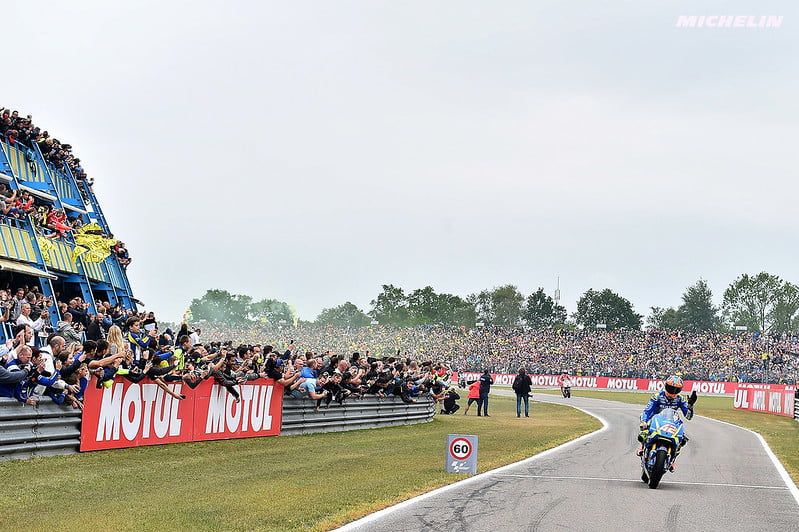MotoGP, in 2021, is exciting in many ways. Many drivers can play at the forefront, or even win. However, this growing diversity and homogeneity is not necessarily a good thing for the championship. Explanations.
At the end of 2015, specialists were unanimous. The transition toSingle ECU (“engine control unit”, i.e. the control unit for on-board electronic systems) and standardized Magneti Marelli will become the biggest revolution in MotoGP since the transition to four-strokes. This measure is coupled with the allocation of a
Single IMU in 2019 (inertial measurement unit), aimed at limiting a new arms race.
What is the purpose of these measures? To put it simply, limit costs and give private companies a chance to fight with the factories without having to break the bank. On paper, that's a good thing.
In fact, not so much. Three-point answer.
I) MotoGP, future MotoE?
The main problem with this measure is the
standardization, exactly. If you like MotoGP, you obviously appreciate the diversity between the different machines, and you support innovation. However, if we consider that all electronic systems onboard motorcycles are unique, all MotoGP are 40% identical
(not forgetting the tires, essential to performance).
Very high-level motor sports should highlight the most advanced technologies. How to explain that
Suzuki must develop its own ECU in the world endurance championship but not in MotoGP, the pinnacle of motorcycle sports?
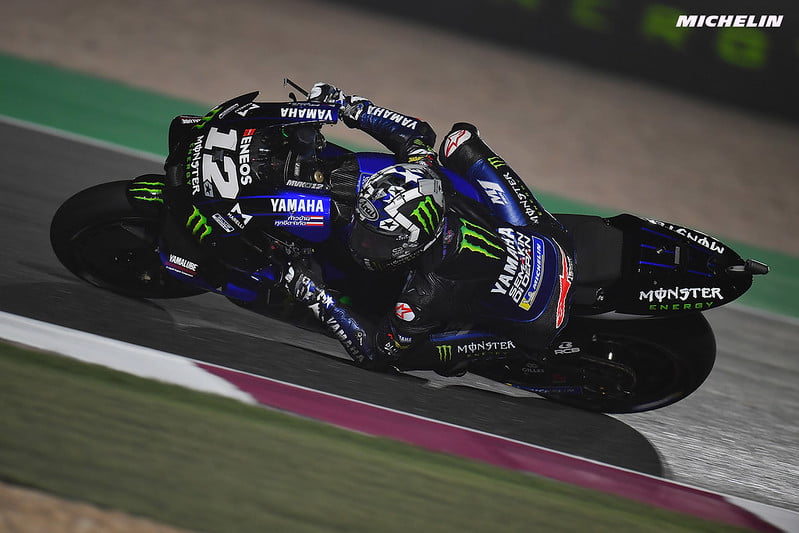
Perhaps Maverick Vinales or Bradley Smith would have had a completely different destiny without the unique ECU. However, with if… Photo: Michelin Motorsport
This policy, started in 2012 with the CRTs, considerably filled the grid (Cf Suzuki, Aprilia, KTM). A drop in costs translates into a reduction in on-board technology and therefore easier production, and this is what has been understood Ducati. Next year, the firm will provide four teams. At a rate of two machines per rider, this means 16 motorcycles, the majority of which are for the current year. Let's keep this spirit “prototype” ? This is more akin to very limited series or the “comp/client” (Cf the GT3 championships). Before, it was unthinkable that private pilots would benefit from the Desmosedici of the year (n). It was not uncommon to see n-1 et n-2 among teams at the back of the grid.
It is a safe bet that cost limitation coupled with freedom in development could have resolved the problem without going to extremes (Cf reglementation Promising F1 2022 ou Hypercar at the 24 Hours of Le Mans auto).
II) Towards a general desecration?
The results of this policy were immediate. Of 2007 to 2015 (800cc then 1000cc era), no victory for a private driver was to be counted. Since 2016, there are 12. Just this year, 14 different drivers (at the time of writing)
out of 22 reached the podium. The exploits of the “little ones”, like the third place ofEnea Bastianini à Misano therefore appear less impressive, given the homogeneity of the plateau.
The number of different winners has exploded: Negg in 2016 (record), soon to be matched by the year 2020 (new). In this year 2021, Sept have already established themselves. The more contenders win, the less valuable the victory. It's just the cold reality of sport, whatever it is,
the very principle of exclusivity and inflation. Places on official teams are also devalued. Before, a satellite rider had to work hard to hope to land a factory handlebar (Cf
Cal Crutchlow in 2013) but today, apart from the salary, it is no longer beneficial to have the "best equipment" (Cf Jorge Martin, who doesn't have as much pressure as if he were at home Ducati Corse).
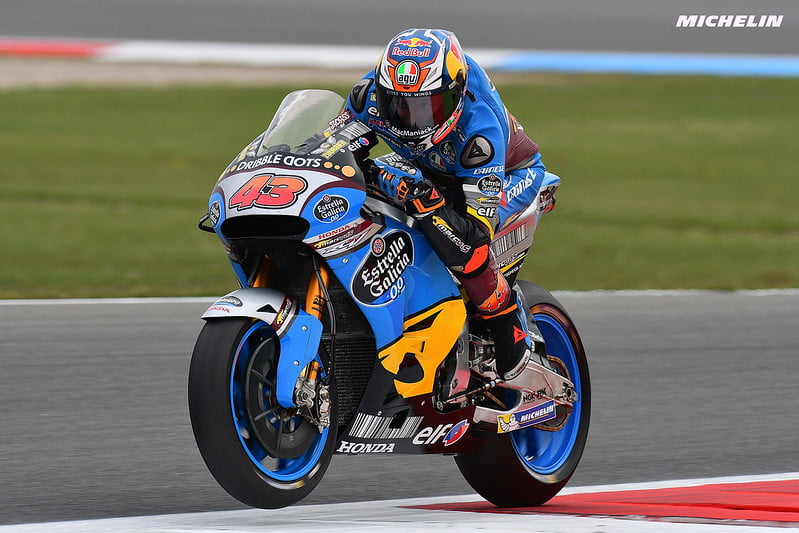
By winning at Assen in 2016, Jack Miller is the first satellite driver to win a race since Toni Elias at the 2006 Portuguese Grand Prix. Photo: Michelin Motorsport
Certain declarations betray this desacralization. Marc Márquez does not say he is so happy (and even fears the year 2022) even though in many respects his performance this year is exceptional. Two victories after a sensational comeback. This deserves to be in the news for months. With two victories, Valentino Rossi was vice-world champion in 2014. Very different eras.
III) The show is not what you think it is.
Contrary to what one might think, " show " does not mean that with overtaking. We cannot deny it: Since 2016, the races have been more competitive for all the reasons explained above, and the finishes are much more condensed than before. Certainly, the action on the track is one of the dimensions of the show, but it is much more than that.
Interest in the championship was considerably altered. When the domination of Márquez stopped for medical reasons, we observed one of the weakest championships in the history of Grands Prix (factually). When factory drivers dominated, victory was always between three to four people. This made it possible to stick to a character and created interest in the entire championship, despite the fact that the rounds were not more closely contested.
Marquez vs Lorenzo, Lorenzo vs Rossi, Pedrosa vs Stoner… We all waited for these legendary games, every weekend, even with big gaps at the finish (Cf
the saison 2015, one of the greatest of all time). Nowadays, a driver on the podium is not guaranteed to finish in the points in the following round (Cf
Miguel Oliveira, an inexplicable case which would not have occurred under the old regulations).
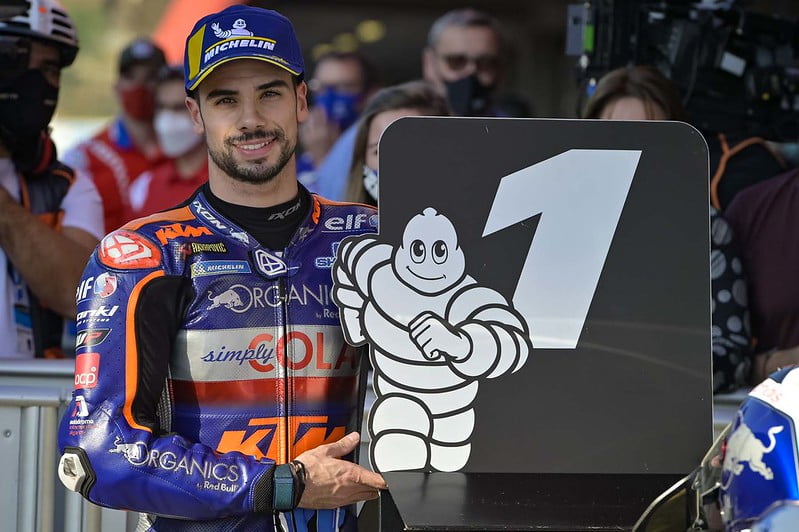
Miguel's case is simply inexplicable. Photo: Michelin Motorsport
The rivalries have, in fact, disappeared. However, they are necessary for sustainability. The golden ages of any motorsport are marked by rivalries. This therefore harms legitimacy and power.
Concrete example : Around ten drivers could challenge for the title during the last round of the 2021 season.
Formula E. This discredits the championship which becomes too random to be appreciated. Without going to such extremes, MotoGP has undeniably taken this path for five years. The 1980s in Grand Prix (or in
Formula 1) are the perfect counterexample. Motorcycling has never been so spectacular and yet only a few riders dominated.
IV) Conclusion: Is it too late?
We cannot deny that this vision has already proven itself in other disciplines but only in the short term (Cf
Rallycross). That's the whole problem. If we want to maintain passion for a sport, we must at all costs find idols.
Marc Márquez, 2016 à
2019, was the tree that hid the forest. But let's keep hope because if Fabio manages to free himself from this homogeneity thanks to his talent, he should be able to take on this role.
What do you think about the question? Tell us in the comments!
——————————————————————————————————————————–
This nth article allows my prose to cross the one million unique reads mark on this site. So I would like to take this opportunity to warmly thank you for your unwavering support after two years, and I hope to be able to offer you content for a good while. Thanks again.
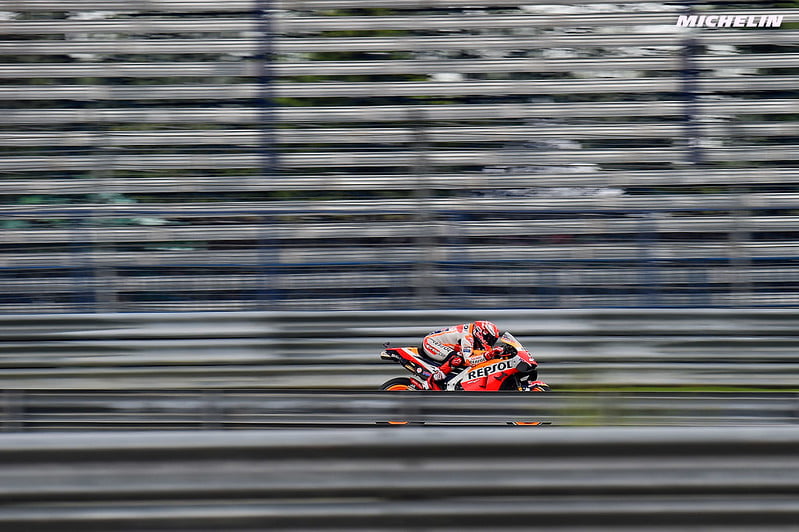
Marc Marquez, Thailand 2019, concludes an exceptional year, the first with more than 400 points. Superb photo by the way. Photo: Michelin Motorsport
Cover photo: Michelin Motorsport


